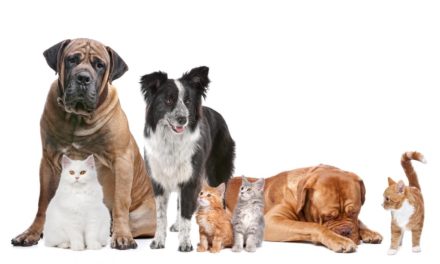Osteoarthritis in dogs and cats is a chronic condition that will increase as our pets grow older.
Small animal surgery specialist, Dr Stephen Fearnside explains how osteoarthritis in dogs and cats is treated and what the future might hold to help manage chronic pain in Aussie family pets.
“A significant proportion of the pet population suffers from osteoarthritis. As medical advancements continue, our patients live longer and as a result, the number of patients we see with chronic diseases such as osteoarthritis will increase and will require management.
“Fortunately, we’ve become better at recognising the problem and there are plenty of management options for veterinarians to investigate and use,” Dr Fearnside said
When managing osteoarthritis in dogs and cats, veterinarians look to address three key issues:
- reducing pain
- improving mobility and quality of life
- slowing disease progression.
“Rehabilitation and physiotherapy are playing an increasing role in the multi-modal management of chronic pain in dogs and cats.
“Therapies such as massage, joint mobilisation, stretching and targeted exercise programs have become increasingly used in the management of osteoarthritis. Other therapies such as cold laser and therapeutic ultrasound are also being investigated,” Dr Fearnside said.
It’s well understood that obesity plays an important role in contributing to the progression and development of osteoarthritis. Dr Fearnside says that pet owners should discuss weight management strategies with their veterinarian in the effort to combat the disease.
“It’s very hard for pet owners to see their animals suffering and in pain. Providing pets with a healthy and active lifestyle, a nutritious diet, and a preventative health care plan formulated in consultation with a veterinarian gives them the best chance of living long and happy lives.
“While a cure for osteoarthritis is not yet in sight, we do have many management options available to us in our effort to reduce pain and improve the quality of life of our pets suffering from the disease,” he said.
The AVA recommends that pet owners speak to their veterinarian about their pet’s mobility and joint health.







